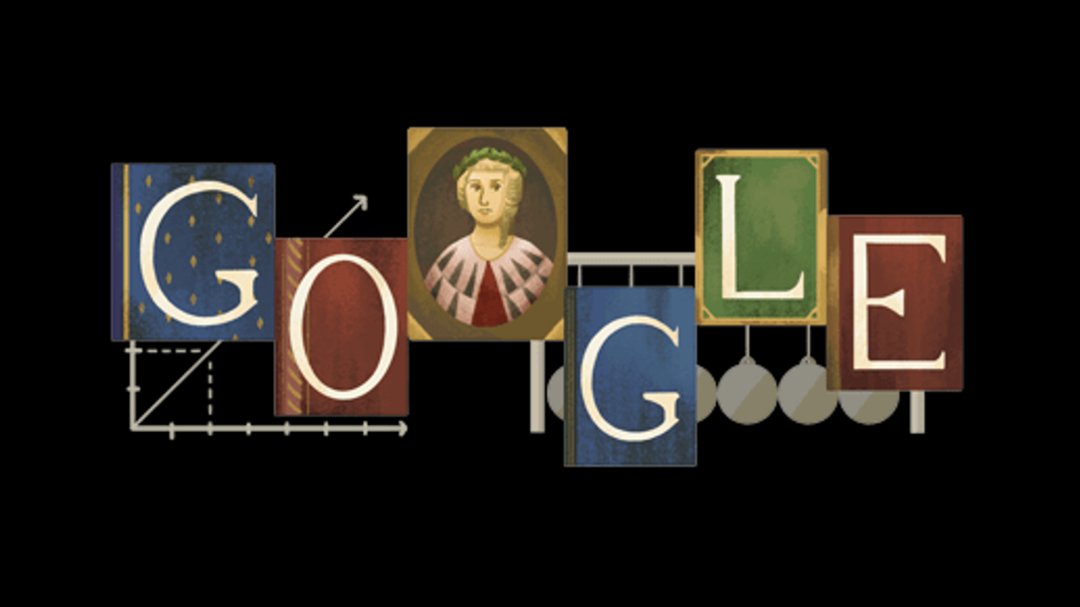by
_____
Thanks to Google for today’s doodle that pays homage to Laura Bassi, a physicist and an academic, and a rarity in 18th century Europe: a female public intellectual.
Despite restrictions on women’s role in society, Laura Maria Caterina Bassi Veratti became the world’s first first woman to earn a university chair in science. She delivered many public lectures — in fact, she was the world’s first salaried female lecturer, and an intrepid voice for women in the sciences.
But it was a lifelong struggle against academic authorities. Bassi fought the University of Bologna for decades to be allowed to publicly present her work on the same terms as her male counterparts.
In 1687, nearly a quarter century before Bassi was born, Isaac Newton published Principia, laying out the laws of mass, motion and gravity. But his ideas were controversial in scientific circles. Bassi became one of the key figures who introduced and advanced Newtonian physics, the physics of electricity, and natural philosophy (the precursor to modern science) to Italy.
On April 17, 1732, she publicly defended forty-nine theses, or essays, on physics and philosophy, against four highly-respected professors of physics at the University of Bologna. The event took place in the Sala deli Anziani at the Palazzo Pubblico, with professors and students, city officials, religious leaders, and other notables and worthies in the audience.
It was a remarkable intellectual feat and a leap ahead for all women in science at a time when when women weren’t even admitted to most universities. A month later, on May 12, Bassi was awarded a doctoral degree.
Then, on June 27, she delivered her first public lecture, in Latin: “De aqua corpore naturali elemento aliorum corporum parte universi” — or “Water as a Natural Element of All Other Bodies.” You can see a printed manuscript of that lecture here, in the Bassi-Veratti Collection at the Biblioteca dell’Archiginnasio in Bologna, Italy.
Although we know the university allowed Bassi to continue giving academic lectures, historians disagree on how frequently and whether she was granted the same lecturing privileges as her male colleagues. But it’s clear that for 28 years she continued teaching experimental physics to students in her own home.
In 1749, after a long and determined struggle against academic authorities, Bassi finally received funding for her research.
Bassi died in 1778 at the age of 66, leaving a remarkable body of work and serving as a powerful role model for all women in science.
Thank you Google for shining a spotlight on her.
© Copyright 2021
________________________________
Want to talk? Reach me at dana@danarubin.com




